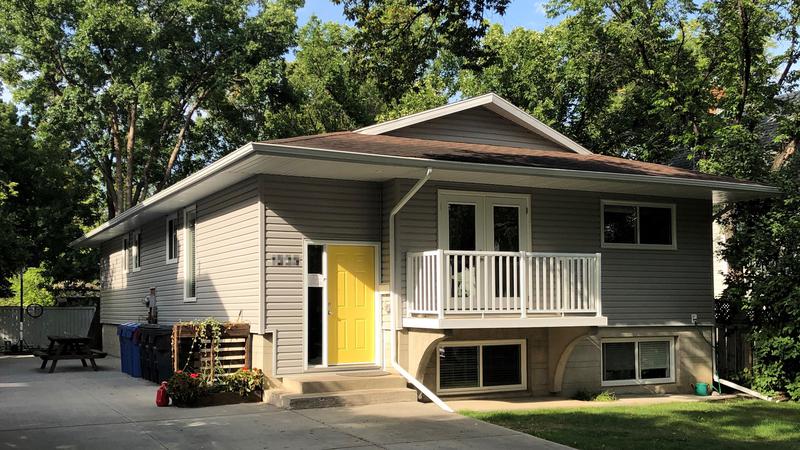
Local Emergency Department doctor urges community to “keep an open mind” on opioid crisis
LETHBRIDGE – Dr. Sean Wilde has been an Emergency Department (ED) physician at Chinook Regional Hospital for the last six years. He has seen it all; from minor illnesses and incidents to cancer, gruesome accidents, overdoses, and deaths.
He’s been asked many times what his experiences in the emergency department have been, and in 2015, he decided to write a blog called “Wildeandrandom” by Wilde Thinker.
His musings over the years have ranged from why he likes to write, to his membership in the Mormon church, the odd and many times shocking incidents that occur in the emergency department, to snippets of his family life.
After receiving attention on local social media for his most recent blog post Dated Sept. 15 called, “Needle debris: some thoughts from the ED,” there were many questions from the public about whether Dr. Wilde was indeed a doctor, his experiences relating to the opioid epidemic, where some of his information came from, and how he reached some of his conclusions.


